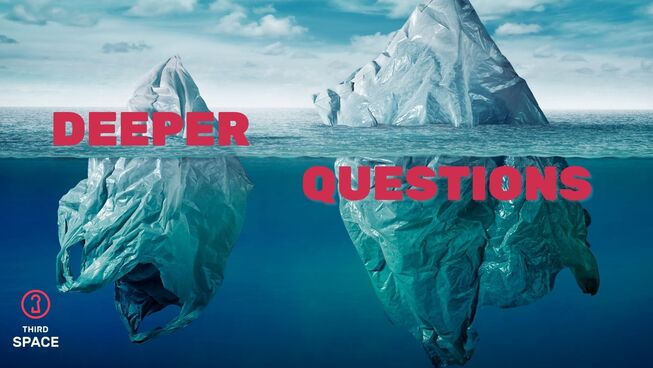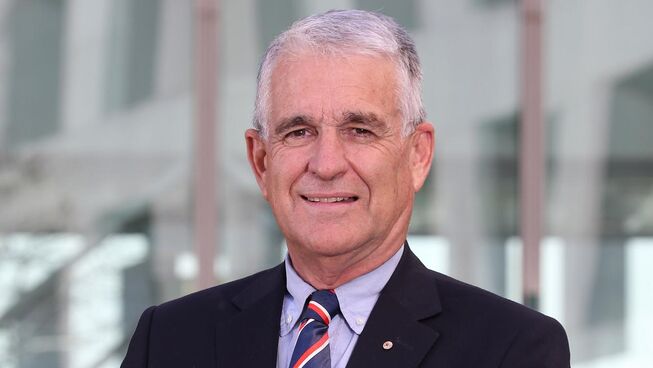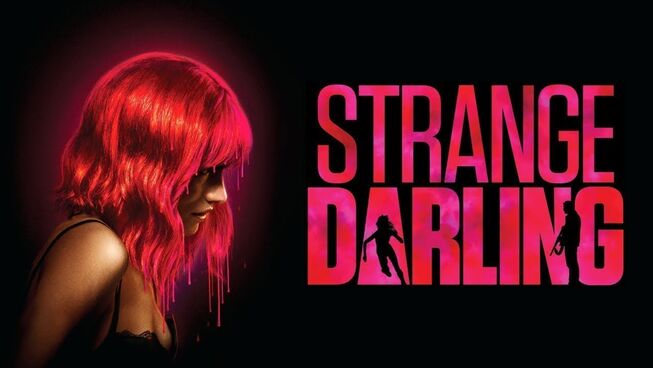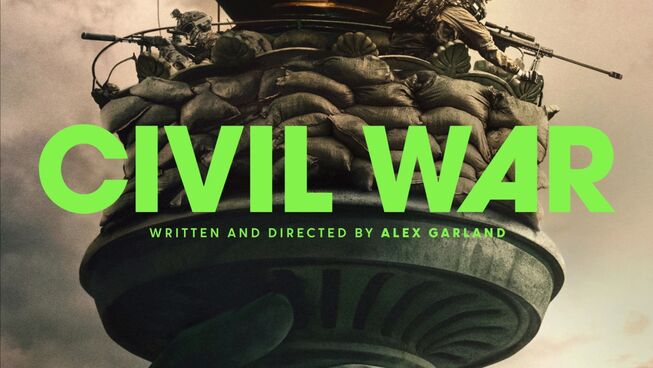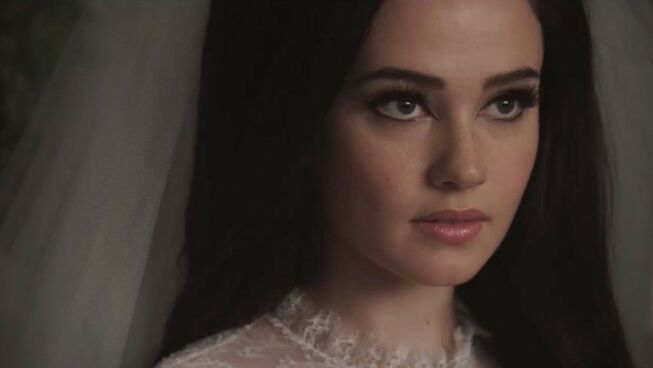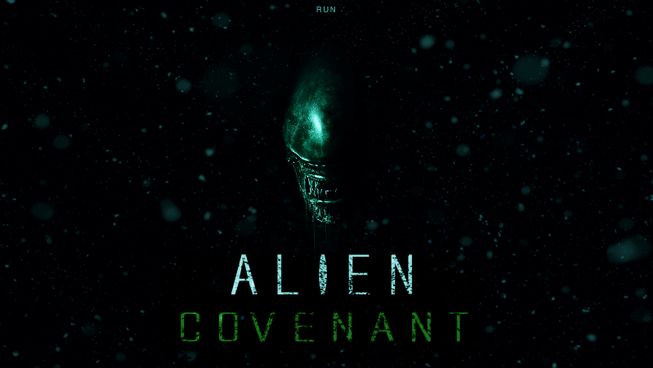Alien Romulus
Topics
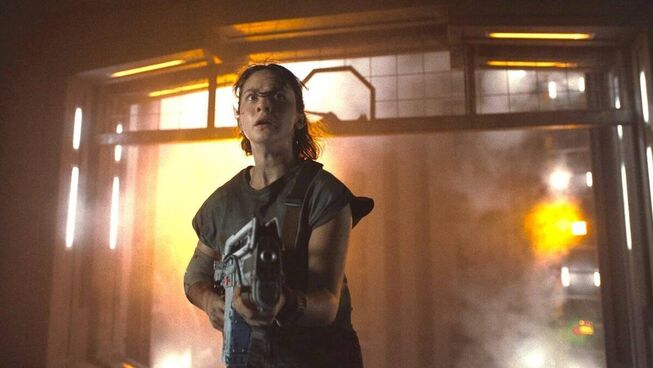
⭐️⭐️⭐️⭐ (out of 5)
Despite over thirty years since the Xenomorph first terrorised our screens, H.R. Giger's designs and Ridley Scott's world-building ability have solidified the alien entity in our nightmares for many more years. While the franchise has seen many roller coasters with Fincher’s Alien 3 (1992) and the divisive prequels, Romulus has a big universe to pull from and even more audience members to please. It’s amongst this massive franchise that director Fede Álvarez writes a love letter to past films whilst also forging a bold new direction that introduces terror to a younger generation.
Set between the original Alien and Aliens, the film centres on Rain (Cailee Spaeny), a young yet determined woman seeking to find a life away from the poverty-stricken confines of the planet she grew up on. Along with her malfunctioning synthetic friend Andy (David Jonsson), and a crew of other naive colonisers, they hope to scavenge the depths of a derelict space station, the Romulus, in search of valuable goods. However, they quickly discovered that space stations hold more than technological riches; they also house the most terrifying life form in the universe. The Xenomorph.
Understanding the context of where this film sits in the Alien franchise is critical to seeing how Álvarez expertly combines both new and old under a single movie. And not just canonically but receptively. It’s no secret that the critical reception to Prometheus (2012) and Alien: Covenant (2017) were far from desired and failed to live up to the standards set by the originals. However, Romulus manages to touch on elements from each that don’t feel forced or contrived and are sure to satisfy the most passionate fans of the extended universe.
Besides its iconic creature designs, Ridley Scott’s 1979 film boasts an incredibly tarnished, archaic and distraught world filled with CRT monitors, green text and stained windows. Romulus captures this world perfectly. Each set and prop is brimming with detail and enough wear and tear to cement itself alongside the original Nostromo. The film’s emphasis on practicality doesn’t end there, with Álvarez himself revealing that he reached out to the original effects team from Aliens (1986) to work on puppeteering and creature effects for Romulus.
This focus on physicality applies to more than just facehuggers and decorative sets, but also to the gore. Álvarez makes no effort to hide away from the grotesque body horror that comes with the territory, particularly towards the third act, where all restrictions are lifted for a non-stop, blood-stained race to the finish.
Conversely, it's more than just the film's ability to double down on what worked for its predecessors that will captivate audiences. Still, it's its ability to be inventive and put creative spins on old ideas. Crawling face-huggers and acid blood may be staples of the franchise, but Romulus takes them to the next level and in ways never before seen.
Álvarez's passion and enthusiasm for the genre are on full display as he channels the grotesque practical effects of his 2013 Evil Dead remake and the tension/premise of his acclaimed feature Don't Breathe (2016). His control over the genre's form, in tandem with Ridley Scott's work on building an expansive universe, culminates in a stomach-churning, edge-of-your-seat, horror-filled thrill ride.
Reel Dialogue: Where to find hope when all around is doom and catastrophe
As you watch a film like Alien: Romulus, the feeling of doom for humanity can wash over you. The current climate is combative and prone to despair and doom. Former Deputy Prime Minister John Anderson is passionate about the need for good public debate. He believes we need to think with our minds, not feelings. John shares where he finds hope, both for himself and our world.
Bible reference(s): Genesis 3:6-7, Romans 8:20-21, Romans 5:8
More like this ...
